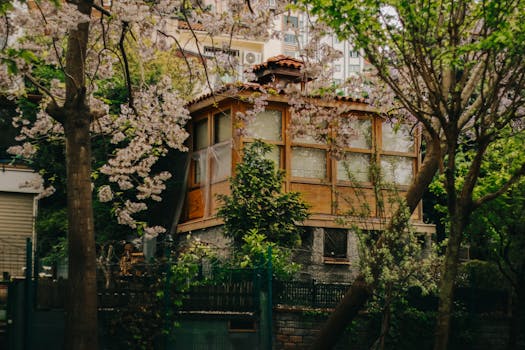
Urban Green Spaces: The Future of Outdoor Living in European Cities by 2025
Urban Green Spaces are becoming increasingly important in European cities, and for good reason. Urban Green Spaces are not only beautiful, but they also provide numerous benefits for both the environment and the people who live in these cities. In this article, we will explore the future of outdoor living in European cities and how urban green spaces are playing a crucial role in this transformation.
What are Urban Green Spaces?
Urban green spaces refer to any area in a city that is covered in vegetation, such as parks, gardens, and green roofs. These spaces can range from small, informal gardens to large, formal parks and can be found in both public and private areas. Urban green spaces are designed to provide a tranquil escape from the hustle and bustle of city life, while also helping to mitigate the effects of urbanization on the environment.
Benefits of Urban Green Spaces
There are numerous benefits to urban green spaces, including:
- Improved Air Quality: Urban green spaces help to remove pollutants from the air, improving the overall air quality in cities.
- Increased Biodiversity: Urban green spaces provide a habitat for a wide range of plant and animal species, helping to increase biodiversity in cities.
- Reduced Urban Heat Island Effect: Urban green spaces help to reduce the urban heat island effect, which occurs when built-up areas absorb and retain heat, making cities hotter than surrounding rural areas.
- Improved Mental Health: Spending time in urban green spaces has been shown to improve mental health and well-being, reducing stress and anxiety.
- Increased Property Values: Urban green spaces can increase property values, making areas more desirable to live and work in.
Future of Outdoor Living in European Cities
By 2025, European cities are expected to have undergone significant transformations, with a focus on sustainability and green infrastructure. Urban green spaces will play a crucial role in this transformation, providing numerous benefits for both the environment and the people who live in these cities.
Case Studies: Successful Urban Green Space Projects in European Cities
Several European cities have already implemented successful urban green space projects, including:
- Paris, France: The city’s Parc du Champ-de-Mars is a 12-hectare park that provides a tranquil escape from the hustle and bustle of city life.
- London, UK: The city’s Hyde Park is one of the largest urban green spaces in Europe, providing a habitat for a wide range of plant and animal species.
- Amsterdam, Netherlands: The city’s Westergasfabriek is a former industrial site that has been transformed into a thriving urban green space, featuring parks, gardens, and a variety of cultural attractions.
Conclusion
In conclusion, urban green spaces are the future of outdoor living in European cities. By providing numerous benefits for both the environment and the people who live in these cities, urban green spaces are playing a crucial role in the transformation of European cities. As we look to the future, it is clear that urban green spaces will continue to be an essential component of sustainable and thriving cities.





